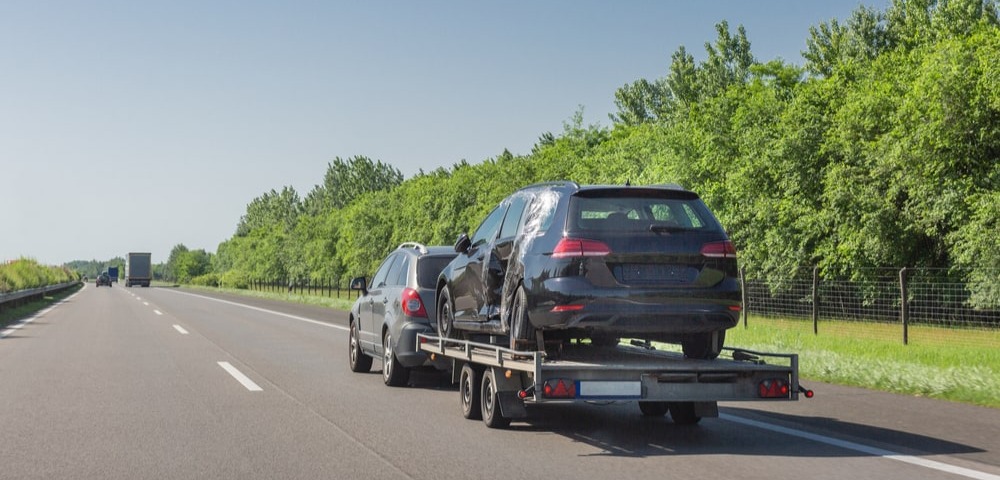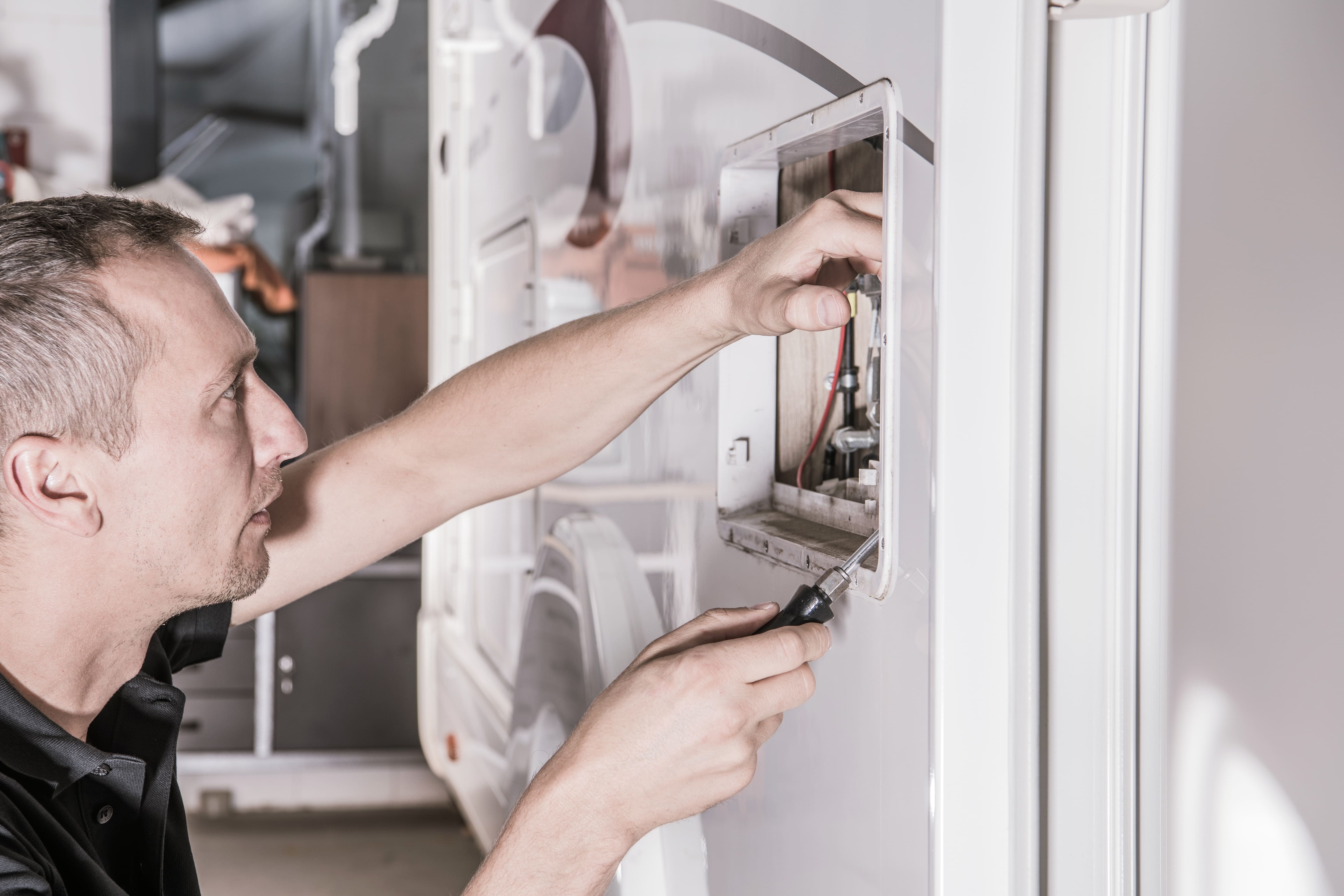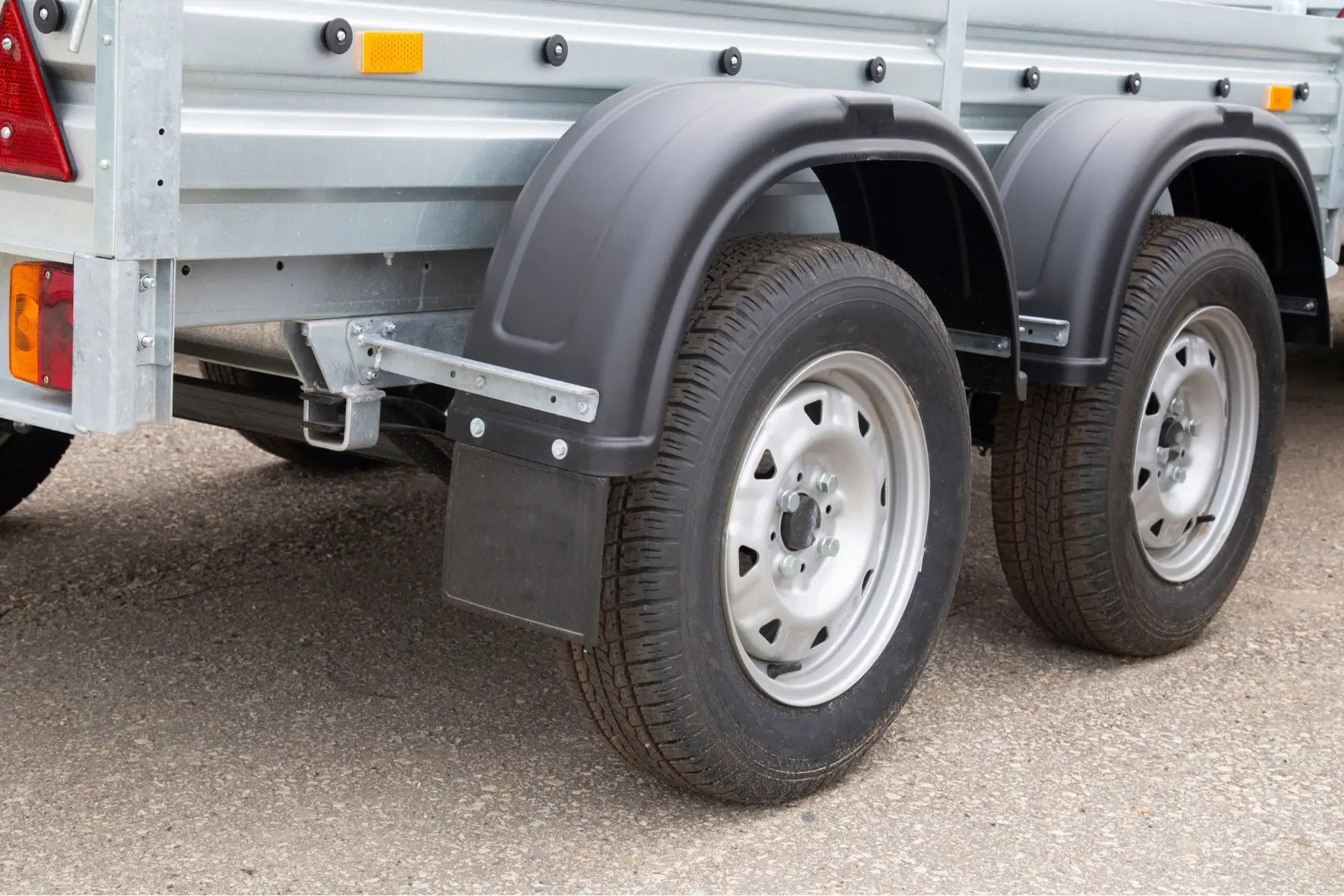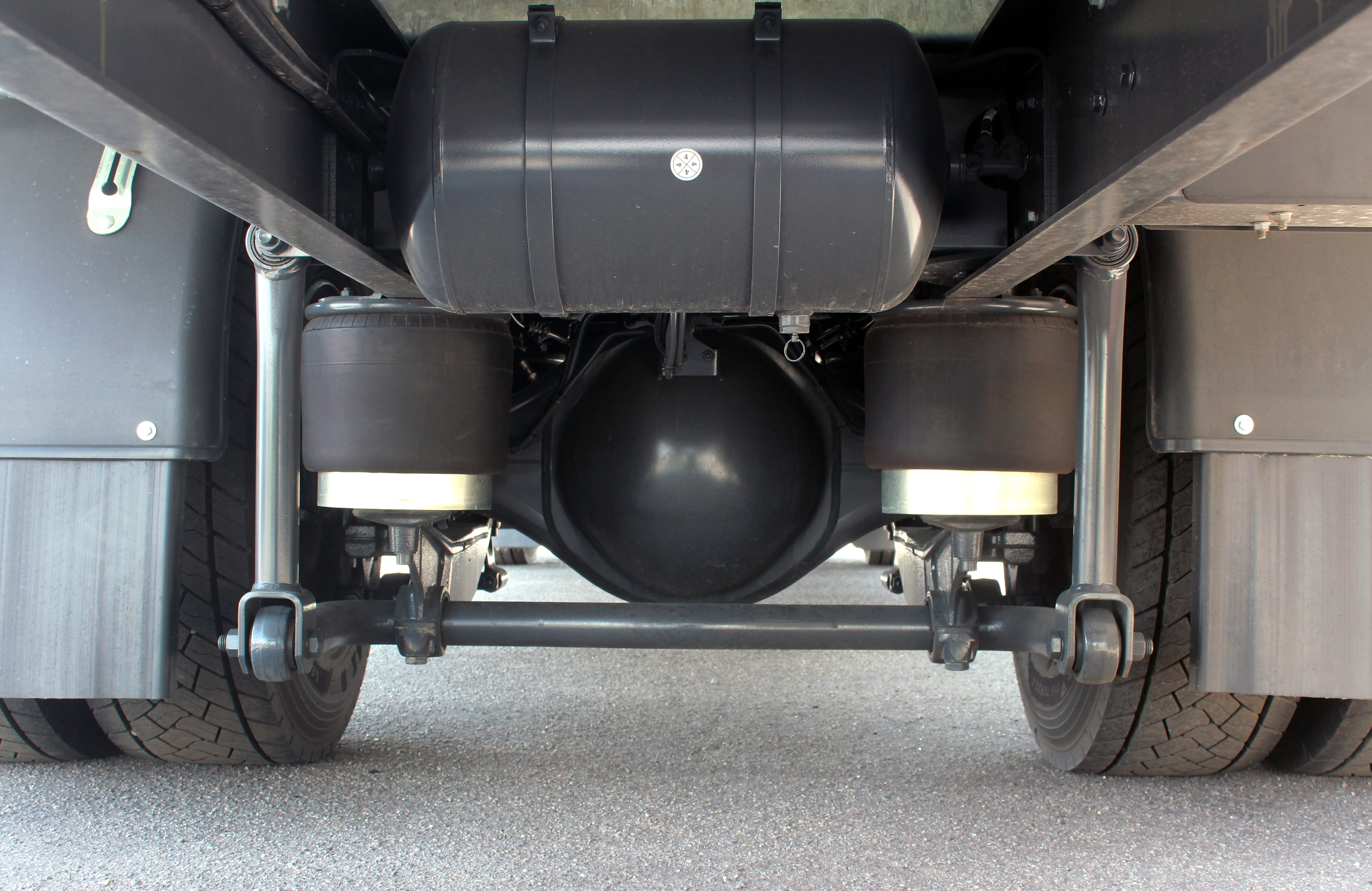Whether you are loading a car or any other vehicle onto an enclosed or flatbed trailer, it is important to do so safely. When loading a vehicle onto a trailer there are a few things to be aware of so the process goes as smoothly as possible. The large mass of a car can easily disrupt the balance of the trailer, so we have put together our best tips to ensure when you load a vehicle onto a trailer it all goes smoothly.
Preparing Your Trailer
Preparing your trailer is vital when it comes to loading a vehicle for the first time. You should measure the weight of the vehicle as accurately as possible (consult the vehicle documentation if this is not possible), and ensure this weight does not exceed the trailer or the tow vehicle's maximum capacity. You will also need to make sure the vehicle you are transporting does not exceed the physical dimensions of your trailer.
If you are planning on transporting a very low car, such as a sports car, special consideration should be made for the ground clearance when the vehicle is being loaded and unloaded. Give the trailer flooring a check to make sure there are no areas that may fail under the weight of the vehicle.
Once the vehicle is on the trailer you will need to secure it. This will most likely be done with ratchet straps as they allow you to create a very strong and secure hold. Check the ratchet straps are not frayed, torn, or damaged in any areas.
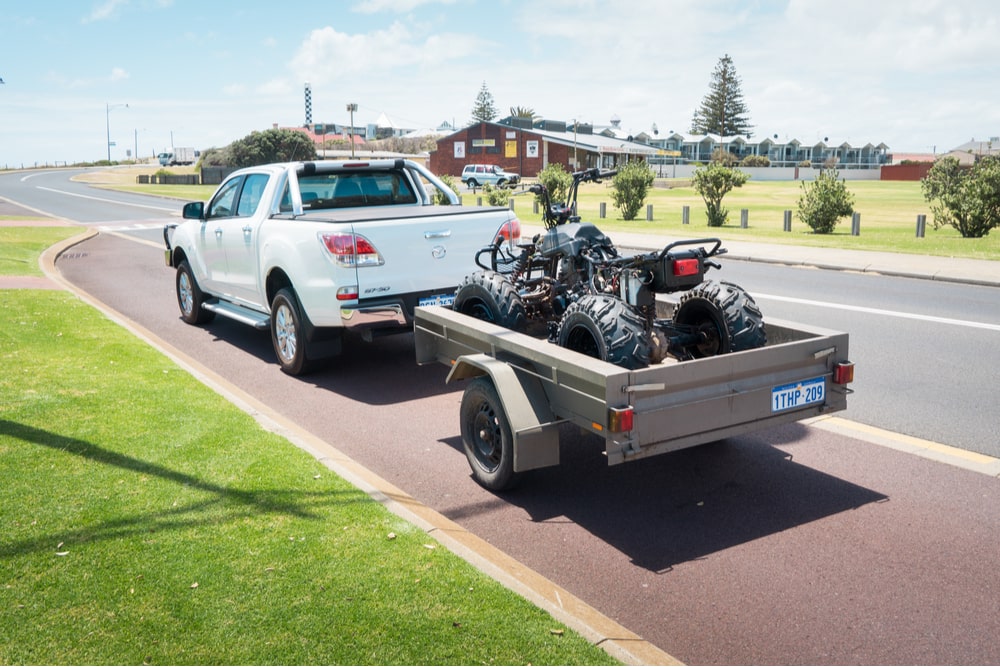
Loading The Trailer
When loading your trailer with a vehicle there are two important considerations - preventing the movement of the trailer, and the weight distribution.
To keep your trailer secure while loading, you should have the trailer hitched up to the towing vehicle with the brakes applied on both the trailer and the vehicle. This should stop any movement caused by the loading of the trailer.
You should aim to get the majority of the weight towards the front end of your trailer, with approximately 60% of the weight at the nose, and 40% at the rear. As most cars have the engine in the front, you will more than likely be driving the car onto the trailer forwards. However, if you find yourself loading a rear-engined vehicle, it is best to reverse onto the trailer to keep most of the weight towards the nose.
Having more weight at the front of the trailer will help increase the stability and reduce the risk of jack-knifing. However, it is important not to increase the nose weight too much so that there is a negative effect on the steering of the towing vehicle. As the weight on the tow bar of the towing vehicle is increased, the front wheels experienced a lifting force. If this becomes too extreme you will find the steering becoming very light and the vehicle will have a reduced ability to turn. To measure the nose weight of your trailer most accurately you should use a nose weight gauge.
Securing The Vehicle
Keeping the vehicle secure while towing is extremely important, even slight movement can develop into larger swaying motions which can cause instability and even result in the vehicle coming off the trailer.
To keep the vehicle completely secure, all four wheels need to be fastened to the trailer using the appropriate equipment - usually ratchet straps and other tie-down accessories. Wheel chocks can be used in addition to these as an extra precautionary measure. If you have used a winch to winch the car onto the trailer, the cable can be left attached for an extra level of security.
Once satisfied the vehicle is completely secure on the trailer, make sure you safely stow away any unused length of the tie-down straps. At high speeds, these will tend to flap around and may cause damage to your vehicle or someone else’s. Finally, make sure the handbrake of the vehicle on the trailer has been applied.
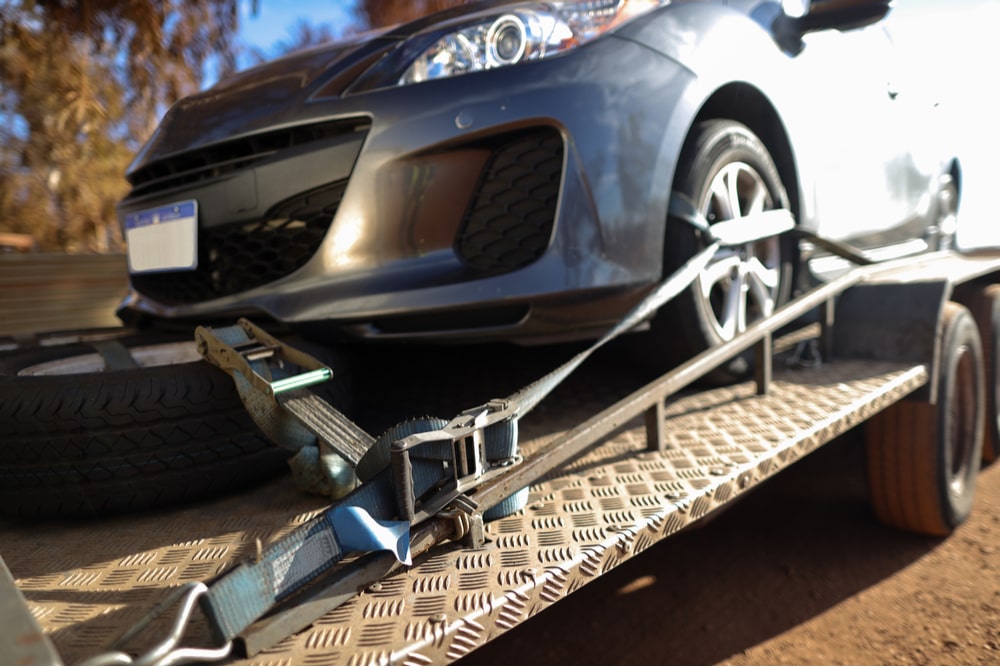
When in Tow
During the trip, it is always a good idea to stop every once in a while to check over the trailer and the vehicle to make sure everything is still secure. Tighten the ratchet straps if necessary, you may find they loosen during the first few miles of the trip as the vehicle settles on the trailer.
Bear in mind the centre of gravity of your trailer will be raised significantly due to the vehicle on it, so tight corners and roundabouts should be taken slowly. If you notice the trailer begin to weave or snake at higher speeds, ease off of the accelerator and allow your vehicle to slow down while keeping it as stable as possible. It is important not to apply the brakes as this can make the snaking worse. For more information on controlling trailer sway take a look at our “Trailer Sway” blog.


